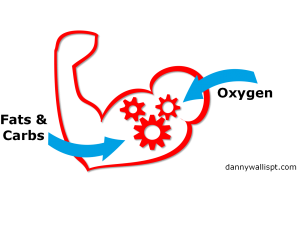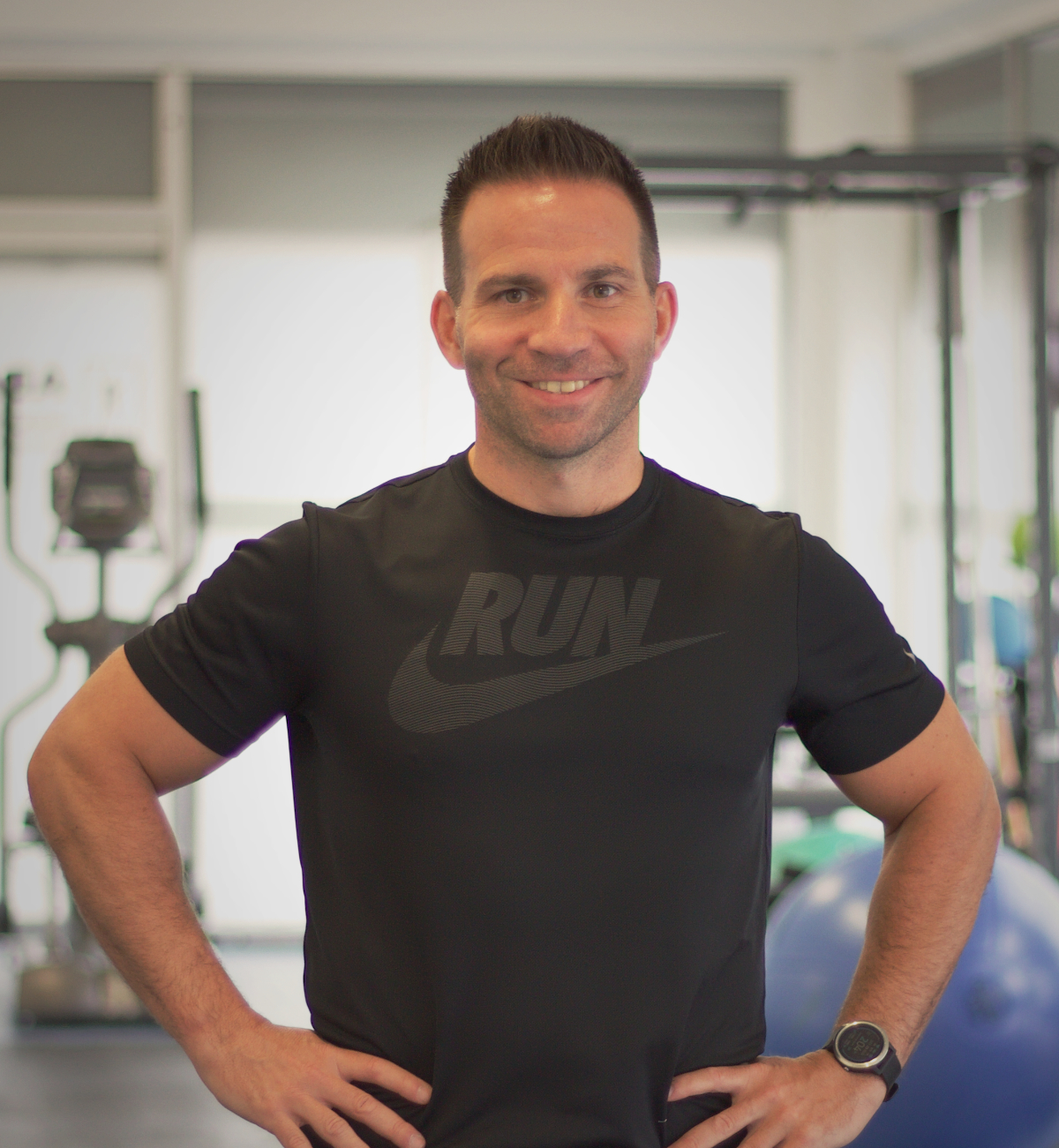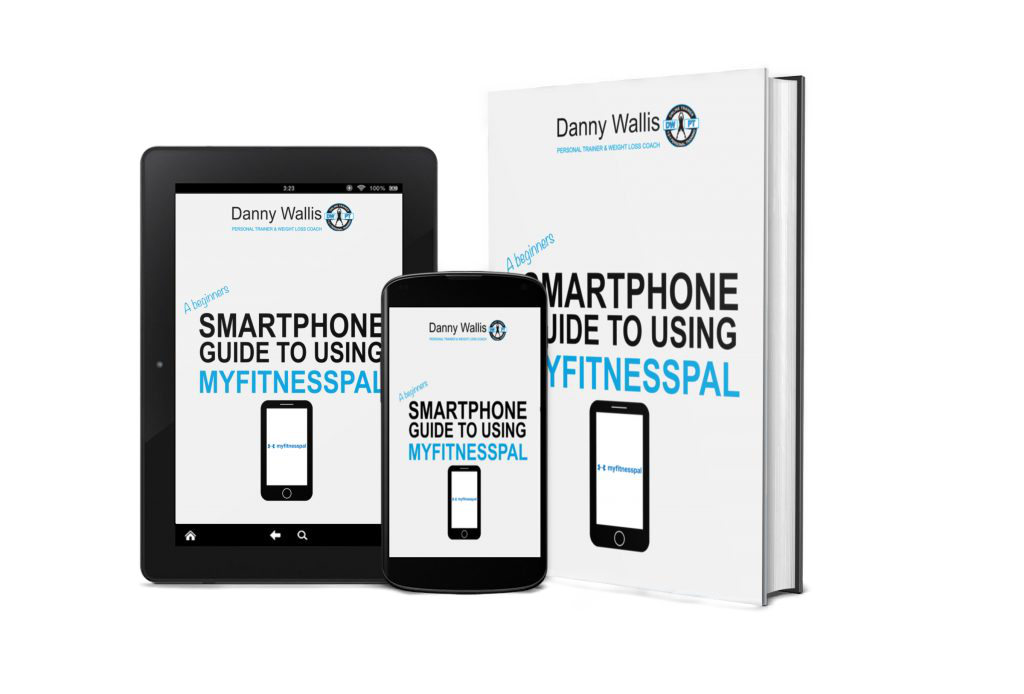Apart from general health most people associate their cardio training with two things: 1. Fat loss and 2. Fitness. Both of these points are correct, however, what is the most effective way to boost both your fitness and your fat burning potential?
If you go to any gym you will see the cardio area full of people doing what I refer to as ‘Steady-State’ training based cardiovascular exercise. You know what I mean… It’s when you climb aboard the cross-trainer and promise yourself you will do 30 minutes at level 8 while watching the TV to stop you getting bored.
If you really want to do well and you have the energy, you might just push it on to 30 or even 40 minutes for good measure. After all, more is better, right?
Longer is Not Always Better
The reality is to start achieving new things from cardio you have to do something a little different and that is simply to push yourself harder and faster but NOT necessarily for longer.
The work you are doing during a constant ‘comfortable’ cardio session will indeed work up a sweat, burn calories and help boost your fitness. The challenge is, however, once you cool down and the workout is over, the benefit stops with you.
Excessive Post Exercise Oxygen Consumption
What if there was a way to carry on burning fat long after you finished your workout for up to 24 hours? A way of actively burning unwanted body-fat while away from the gym whilst going about your every day life… What if I told you this kind of training would, also, tone your muscles, increase your metabolism and radically boost your fitness much more efficiently than the 30 minute plod you have become accustomed to? The truth is there is a way to do such a thing and, what’s even better about it, you can do it in a fraction of the time.
HIIT stands for High Intensity Interval Training. It means rather than cruise along at a steady state for a fixed duration, you work as hard as you can (safely, of course) for a much shorter period of time. Think 100 meter sprinter (10 seconds) v’s a marathon runner (2 hours) and then you get the idea.
How it Works…
Let’s imagine your body is a ‘engine’ which needs ‘fuel’ to work. When doing cardiovascular exercise (what I refer to as heart and lungs training) the ingredients which go into the engine to fuel your body are essentially carbohydrates and fats. The harder you work with your training, the more fuel you will need in your engine. This means the greater the intensity of the exercise stress on your heart and lungs, the greater the amount of fat you will burn.
When you exercise at an intensity where your breathing rate can’t keep up with your workload you begin to deplete your body’s oxygen levels. As the body is burning oxygen at crazy rate it is also doing the same with your fat stores.
What is most interesting is what happens after the training finishes. It takes time for the body to return your depleted oxygen levels back to normal. This means the amount of oxygen your body absorbs increases until it’s back to normal. As it does this, it also elevates the amount of fat you naturally burn. This is knows as ‘Excessive Post-Exercise Oxygen Consumption’ (EPOC) or, more commonly, the ‘Post-Exercise After-Burn’.
What To Do In The Gym…
Firstly, pick a cardiovascular exercise you like. Running and rowing are among the best as they use lots of muscles and therefore burn a shed load of calories, however, if you prefer cycling or the cross-trainer they work fine too.
Secondly, imagine a scale between 1-10… 1) is easy and 10) is the hardest you can possibly work. This is called a ‘Perceived Rate of Exertion’ scale (PRE) and it’s how we are going to measure your intensity.
Perceived Rate of Exertion
First of all, you need to warm up. Ten minutes should do it. High intensity training is hard on the body and for best results you can’t just go straight into it. Keep your pace reasonably constant, ensuring you end up finishing the ten minutes on a 7/10 on the PRE scale.
This will dilate your blood vessels, ensuring your body is optimal for transporting oxygen around the body. It will cause your muscles to increase their elasticity to prevent injury… Plus, it will help get your head in the right place to prepare you to take it up to a ’10’ on the PRE scale.
On the 11th minute, aim to boost your speed as fast as you can possibly manage for 60 seconds. Some trainers advocate 30 seconds, however, for your body to be craving the oxygen needed for maximum EPOC 60 seconds will offer better results if your intensity is correct. Work as hard as you can maintaining good technique for the full duration. Rest for 30 – 120 seconds (depending on your fitness levels – less is better if you can do it) by reducing the speed/intensity of what you are doing, then repeat this process again. So, if you were sprinting, for instance, you could walk to recover. Maintaining movement on your resting phase is important to avoid blood pooling which can cause you to begin feeling dizzy and nauseous. Repeat this sequence for 3-10 sets depending on how fit you are and how much you can cope with.
HIIT Outside of The Gym
Running
If you are into running, warm up in a similar way; a jog or run at a consistent pace (7/10 on the PRE scale) and then mark out a distance of around 50-100 meters (depending on how fit you are and how long you can maintain your top speed for).
This distance won’t take as long as the 60 second gym interval, however. Running outside is arguable harder than the treadmill and although this option is a shorter running time it will offer you an equally or more challenging workout. Run that distance as fast as you can and then walk or jog back for your recovery time, repeating the sets as we mentioned before.
Swimming
If you like to swim you can use a challenging stroke like the ‘Crawl’ (or the ‘Butterfly’ if you are super fit) for a length of the pool (or more if you want to challenge yourself) followed by either a rest or an easier stroke, such as ‘Breast Stroke’, which will aid your recovery.
This kind of training will challenge you both physically and psychologically. Both your head and body will tell you that you don’t want to do it. Work through the mental and physical challenge of it and, combined with a good diet (see my previous post Top ten Tips for Fitness & Fat Loss for diet advice), you will start to see the kind of results you have been yearning for in about 4-6 weeks of training.
Leaving a comment is a great way of inspiring, encouraging and supporting other readers with their fitness journey so please feel free to feedback in the comments section below and share your progress.
I wish you all the very best with your new fitness regime… Happy HITT Training!




Thank you for the great advice I have recently got stuck, bit this advice sounds exactly what I need to re kick start my already hard work. Thanks again.
Hi Phil, thanks for your feedback. It would be great to hear how you get on with your first HIIT workout. Let me know how you get on!
Inspiring writing – and changed the way I rowed to Gotham !!